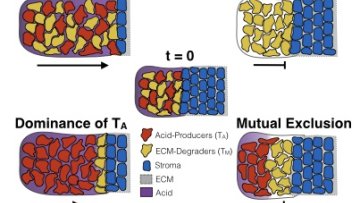How close together are the rational points on a curve?
Abstract
Understanding the size of the rational points on a curve of higher genus is one of the major open problems in the theory of Diophantine equations. In this talk I will discuss the related problem of understanding how close together rational points can get. I will also discuss the relation to the subject of (generalised) Wieferich primes.


